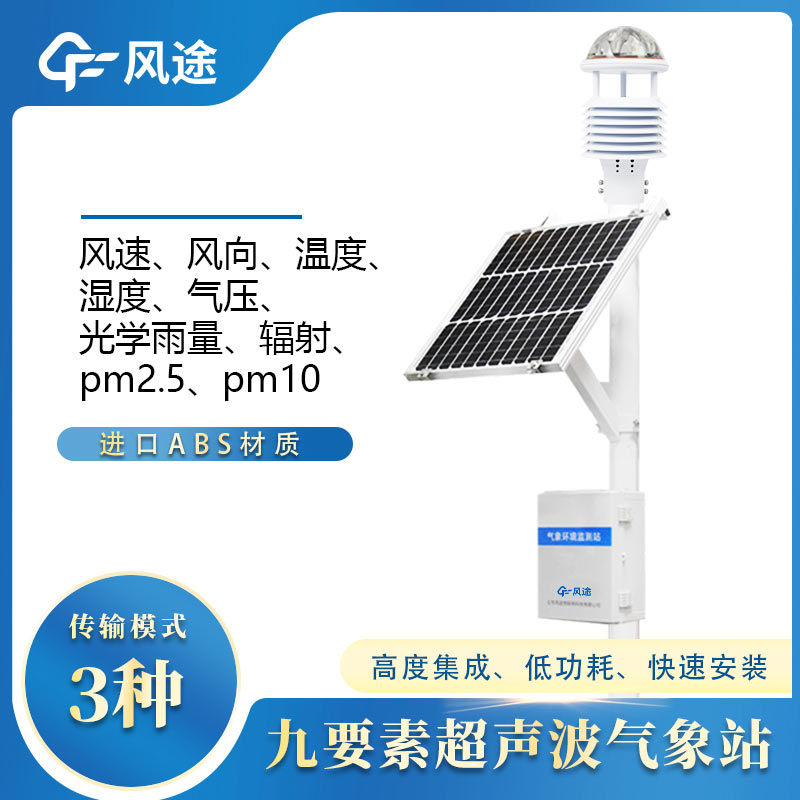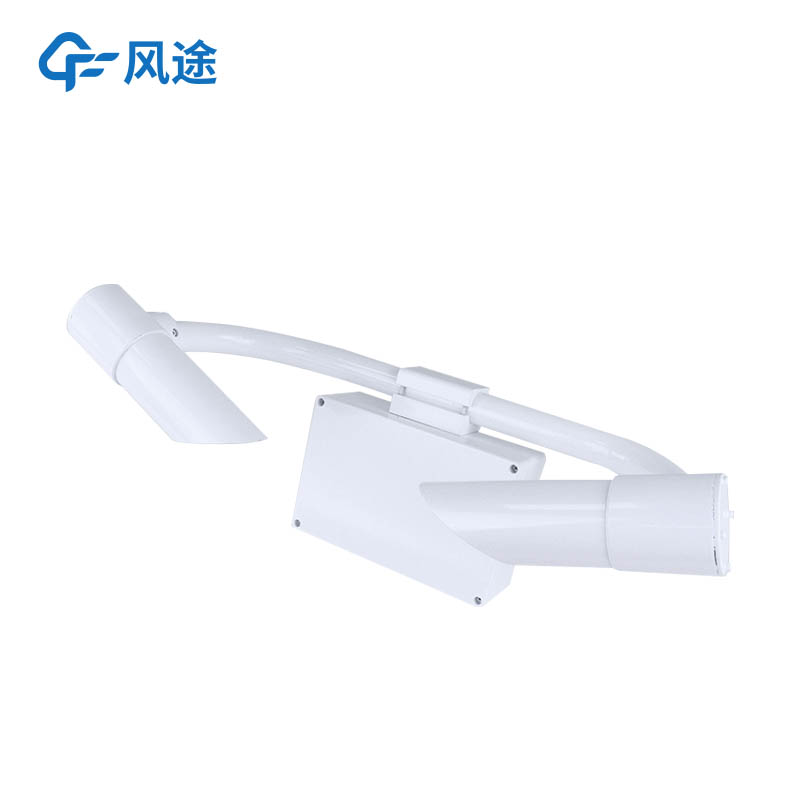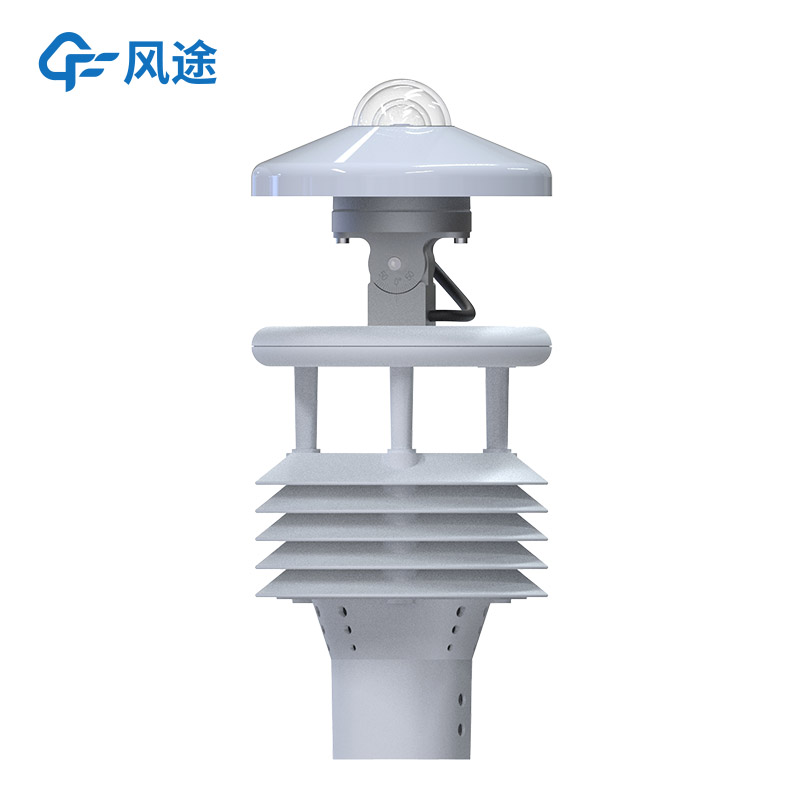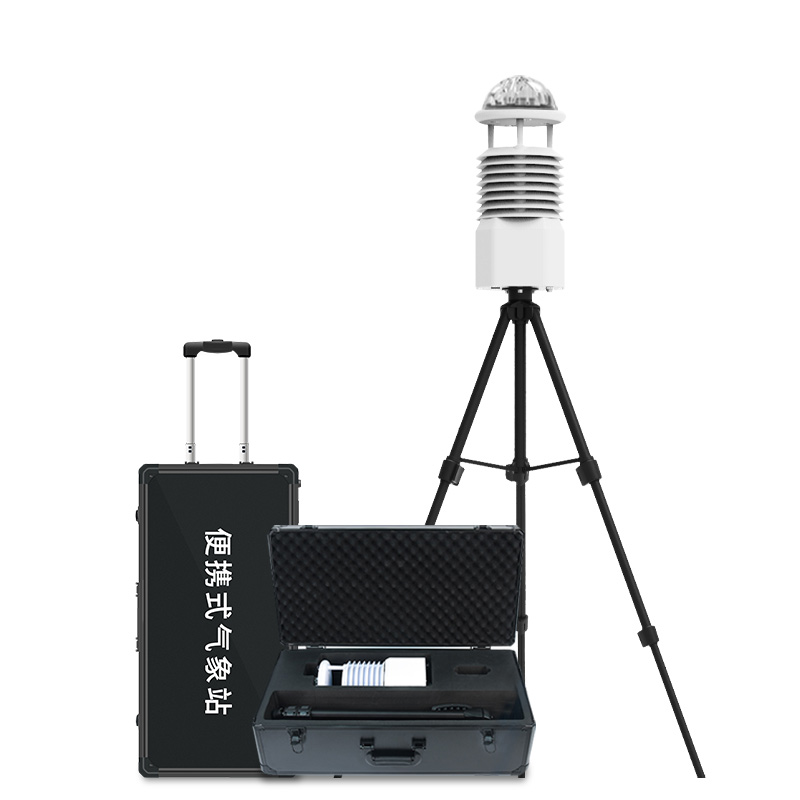Product
Recommended article
- How Forestry Weather Stations Bolster Forest Fire Prevention Efforts
- Discover the Power of Negative Oxygen Ion Monitoring System for Cleaner Air
- Comparative Analysis of Ultrasonic and Automatic Weather Stations in Meteorological Monitoring
- Breaking Through the ‘Last Meter’ with Online Dust Monitoring System
- Mastering Road Conditions with Road Weather Station
- Inhalable Dust Continuous Tester: A Portable Solution for Dust Concentration Monitoring
Contact us
Shandong Fengtu IOT Technology Co., Ltd
Sales Manager:Ms. Emily Wang
Cel,Whatsapp,Wechat:+86 15898932201
Email:info@fengtutec.com
Add:No. 155 Optoelectronic Industry Accelerator, Gaoxin District, Weifang, Shandong, China
Differences between grassland weather stations and other weather stations
Article source:Weather station time:2024-03-28 09:19:31 viewed:31times
The main role of grassland meteorological stations is to monitor and record meteorological data, such as temperature, humidity and wind speed, in grassland areas. These data are very helpful in protecting the grassland ecological environment, guiding agricultural and animal husbandry production, preventing natural disasters and conducting climate research. In short, the grassland weather station is an important tool for climate monitoring and environmental protection in grassland areas.
The difference between it and other weather stations is:
1. Environmental adaptability: Grassland weather stations are usually designed to be more adaptable to the openness of the grassland and extreme climatic conditions, such as strong winds and large temperature differences.
2. Monitoring focus: Focuses on monitoring meteorological elements closely related to grassland ecology and animal husbandry, and therefore may be equipped with sensors to monitor vegetation growth, soil condition and grassland degradation, which may not be standard for other types of weather stations.
3. Anti-sand and wind resistant design: As grassland areas may face more sandy and windy weather, grassland weather stations usually have stronger anti-sand and wind resistant designs to protect the equipment from damage and ensure the accuracy of data collection and the long-term stable operation of the equipment.
Grassland weather stations can scientifically prevent grassland fires. Through real-time monitoring of meteorological conditions and data analysis, they can provide instant information for fire risk early warning, guidance of fire-fighting actions and fire source management in grassland areas, thus helping to prevent and effectively respond to grassland fires.
Grassland weather stations are mainly composed of weather sensors, data loggers and communication equipment. The sensors are used to measure temperature, humidity, wind speed and other meteorological data, the data logger collects and stores this information, and the communication equipment sends the data to the monitoring centre. These configurations enable the Grassland Weather Station to monitor the climate of the grassland in real time and provide data support for environmental protection and agriculture and animal husbandry.

This paper addresses:https://www.yf182.com/industry/284.html
Related products
Related article
-
Fengtu's Agrometeorological Stations: Pioneering Sustainable Smart Agriculture Solutions
2024-09-05 -
Portable Negative Oxygen Ion Detector FT-FY1 Manual
2024-03-27 -
Advantages of Small automatic weather station
2024-09-03 -
Full Intelligent Control Soil and Water Conservation Digital High Precision Artificial Rainfall Simulation System
2024-04-17 -
Ecological display, less scenic environment monitoring system
2024-05-24 -
How does the Handheld Weather StationFT-SQ7B perform?
2024-08-14 -
How do you measure negative oxygen ion concentration? Real-time this portable instrument
2024-04-07 -
What is the Sky Scanner? A handy and useful cloud measuring instrument
2024-05-22










